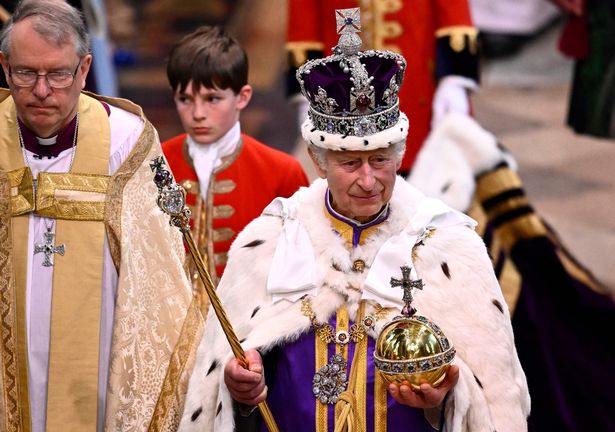Ukraine’s 2023 counteroffensive was the subject of speculation for months before it officially began at the beginning of June.
So far, only modest progress has been made and there have been concerns from Kyiv’s allies that Ukraine is making insufficient headway against entrenched Russian defences. The conversation reports.
But in recent days there have been reports backed by geolocational evidence that the operation is gaining momentum and suggestions of breakthroughs at several points along the Russian defensive lines.
Initial hopes that Ukraine would be able to replicate the spectacular success of the Kharkiv counteroffensive in the autumn of 2022 have not come to pass.
This has drawn criticism from some western allies – a leaked report from the German military suggested that training and equipment are being wasted.
There are also reports of heavy casualties sustained by Ukrainian troops (although Russia is reported to be sustaining similarly heavy losses).
The main objectives of liberating cities like Melitopol and pushing through to the Sea of Azov are still a long way off.

But reports emerge daily to indicate that progress is being made in a number of areas.
Several settlements have recently been liberated in the Donetsk region, as additional fresh forces are committed to the push in the south-east.
There are a number of reasons why it is difficult to advance.
Overcoming Russian defences
While Russian forces are reported to be disorganised and suffering low morale, they have the advantage of occupying well-prepared defensive positions, which will make them hard to dislodge.
Russia has also learned from the success of Ukraine’s autumn counteroffensive last year.
They have been able to prepare many challenges, such as minefields that stretch for hundreds of kilometres.
Pragmatic approach
While Ukraine possesses a highly mobile, well-trained and capable force, physical barriers of this nature are proving difficult to navigate.
It is also worth noting that neither side controls the skies above the battlefield, meaning that Ukraine needs to be cautious with its ground operations.
Another fact to consider is the value of the forces that Ukraine has at its disposal.
The counteroffensive began with around 40,000 specially trained and equipped troops. This is a significant force by any estimation.
Backed up by experienced officers and western equipment, these newly formed brigades represent a huge investment in people and equipment.
Ukraine cannot afford to exchange these forces for modest battlefield gains, given that they would be so difficult to replace.

Heavy losses in early phases have already caused Ukraine to rethink its approach. General Syrskyi, the architect of some of Ukraine’s biggest victories, stresses the importance of a cautious approach:
‘We’d like to get very fast results, but in reality, it’s practically impossible.’
Likewise, Ukraine’s president, Volodymyr Zelensky, has stressed the importance of not expecting ‘Hollywood‘ style outcomes.
These statements suggest that advances will continue, albeit deliberately and carefully.
This is likely to frustrate key Nato allies, who are increasingly critical of the pace of advance.
But there are now indications that Ukraine may be breaking through Russian defences in several locations.
Should a significant breach be achieved, then Ukraine will aim to rapidly build up momentum, using its armour and mechanised units to push into the interior of Russian-occupied regions.
With their logistics networks shattered and low on manpower, Russian forces may struggle to react.
Yet again, Ukrainian forces are pragmatic: ‘We can’t draw big conclusions yet,’ a senior military officer told journalists on July 30.
It is unlikely that any single breakthrough will result in the complete collapse of Russian defences.
But it’s worth noting that even modest progress on the battlefield can place significant pressure on the Kremlin.






